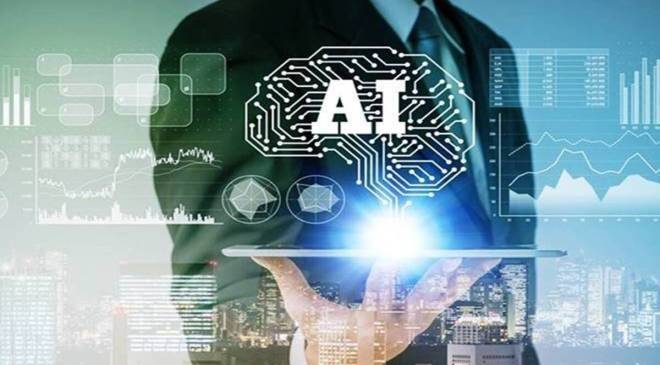New Delhi: Yesterday, March 8, 2024, the union cabinet under the leadership of Minister Piyush Goyal introduced the India AI mission, allocating Rs 10, 371.92 crore for its implementation. The mission is launched to boost AI development in the country for the next 5 years. For ease, we have decoded the key components of India’s AI mission.
Read More: Elon Musk criticised Jeff Bezos’ ex-wife for donating money to charities, later deletes tweet
IndiaAI Mission: How It Will Be Implemented?
According to the union minister Piyush Goyal’s briefing, the implementation of the mission will be executed by IBD and DIC.
1. Compute Capacity
Speaking to the reporters after the cabinet meeting, Union Minister Piyush Goyal said, one of the primary focuses of the AI mission is to establish an ecosystem equipped with AI compute infrastructure, comprising 10,000 or more graphics processing units (GPUs).
The government has planned to develop this infrastructure through public-private partnerships.
2. AI Marketplace
The government plans to create an AI marketplace, offering AI as a service and pre-trained models to AI innovators. This initiative aims to facilitate access to AI resources for developers and entrepreneurs.
3. Startup Financing
Deep-tech AI startups will receive support under this initiative. This will boost the growth of innovative ventures in the AI space.
Read More: Sebi Restricts JM Financial from Acting as Lead Manager for Public Debt Issue
4. Non-Personal Dataset Platform
The India AI Datasets Platform will streamline access to non-personal datasets for entrepreneurs and startups. A unified data platform will be developed to provide seamless access to these datasets, aiding Indian startups and researchers in their endeavors.
5. Innovation Centre
The India AI Innovation Centre will focus on developing and deploying indigenous large multimodal models and domain-specific foundational models in critical sectors, contributing to technological advancements.
6. AI Application in Critical Sectors
Through the IndiaAI Application Development Initiative, AI applications will be promoted in critical sectors, addressing problem statements sourced from the government. This initiative aims to leverage AI to enhance efficiency and address challenges in various sectors.
7. IndiaAI FutureSkills
Under the FutureSkills program, entry into AI programs and courses at undergraduate, master’s, and Ph.D. levels will be encouraged. Additionally, data and AI Labs are planned to be set up in Tier 2 and Tier 3 cities across India to provide foundational-level courses.
Read More: Agra Gets Metro Boost With Alstom-Built Trains, CBTC Signaling Technologies
8. Responsible AI
To ensure the responsible development and deployment of AI, projects will be initiated to develop indigenous tools and frameworks. Self-assessment checklists for innovators and other guidelines and governance frameworks will also be established.





































